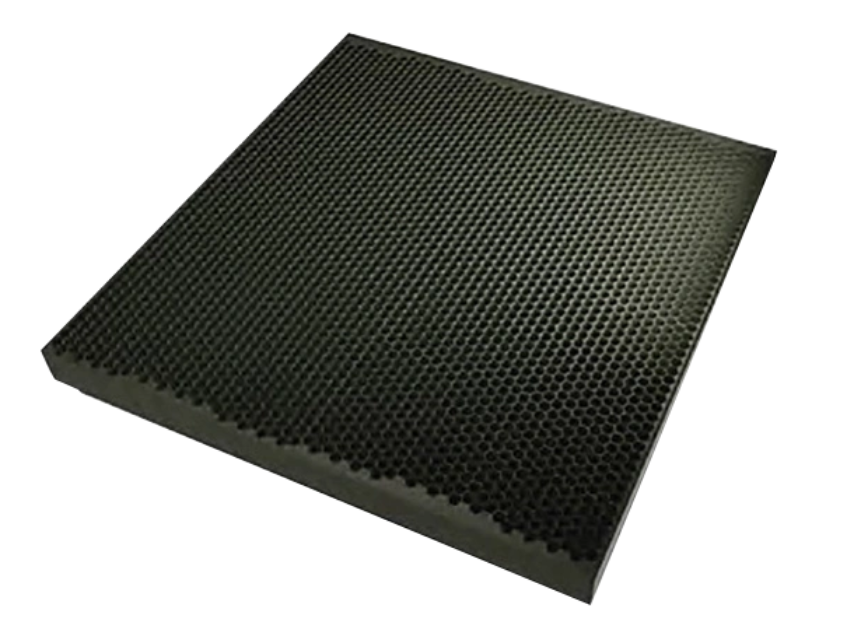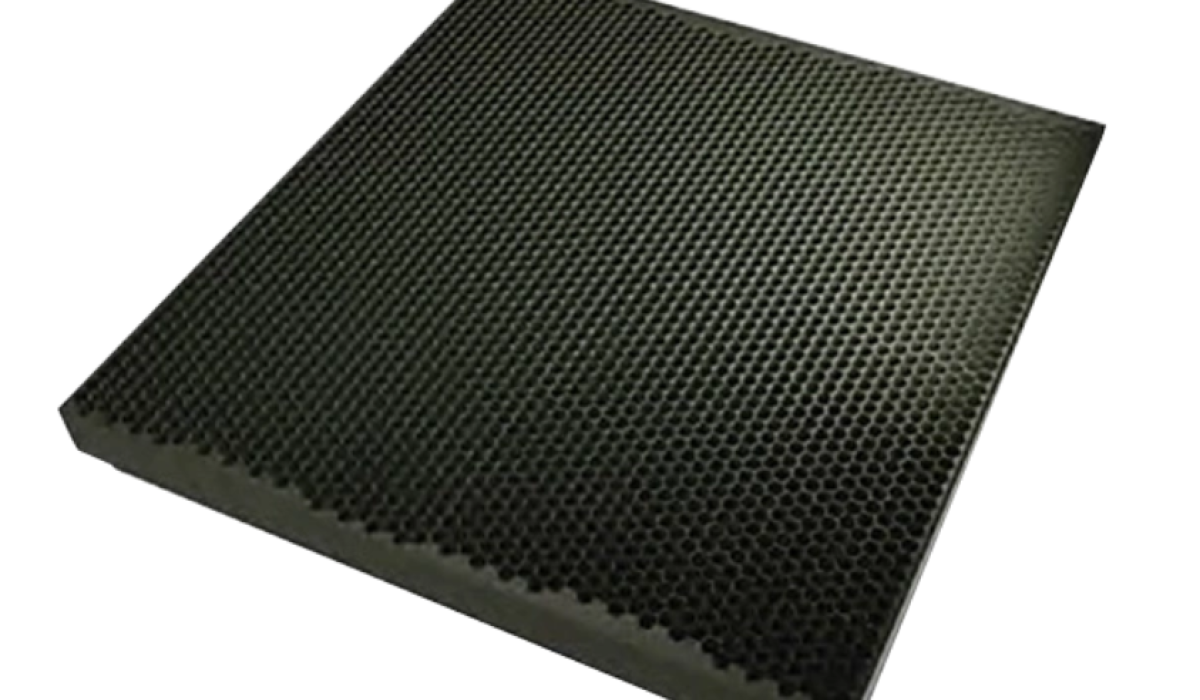
Aramid Honeycomb for Sound Absorption & Radar Wave Dissipation: A Comprehensive Research Guide
Aramid honeycomb, most commonly known by the brand name Nomex honeycomb, is a premier lightweight structural material. Beyond its exceptional strength-to-weight ratio, extensive research focuses on its functional capabilities for sound absorption and radar wave dissipation. This guide provides a complete overview of the research, mechanisms, and applications of aramid honeycomb in acoustic and electromagnetic wave management.
I: Core Advantages: Why Choose Aramid Honeycomb?
The suitability of aramid honeycomb for wave management stems from its intrinsic properties:
- Porous Structure: The natural hexagonal cell structure provides ideal channels for sound and radar waves to enter and be dissipated.
- High Design Flexibility: Key parameters like cell size (e.g., 3.5mm, 4.5mm), density, and thickness can be tailored to optimize performance for specific frequencies.
- Lightweight & Structural: It enables structural-functional integration, serving as both a load-bearing core and a wave-managing material, critical for weight-sensitive industries.
- Environmental Resistance: Its inherent properties like high-temperature resistance, flame retardancy, and corrosion resistance make it suitable for harsh environments.
II: Sound Absorption Mechanism
1. Aramid honeycomb acts primarily as a porous absorber:
- Wave Entry: Sound waves enter through the open cells.
- Energy Dissipation: Friction and viscous losses occur as sound waves travel through the complex, narrow cell pathways, converting acoustic energy into heat.
- Resonance Effect: Each cell can act as a Helmholtz resonator, providing peak absorption at specific resonant frequencies.
2. Key Research Areas & Findings
- Impact of Structural Parameters: Studies show that smaller cell sizes enhance mid-to-high-frequency absorption, while increased thickness and density improve low-frequency performance.
- Composite Structure Design (Hot Topic):
- Perforated Panel Hybrids: Combining honeycomb with a perforated face-sheet (non-woven, metal) creates a tuned acoustic metamaterial for broad-band or low-frequency noise control.
- Graded Structures: Stacking layers with different cell sizes creates a gradient impedance structure for wider absorption bandwidth.
- Primary Applications: Aircraft interior panels, engine nacelles, high-speed train cabins, and architectural acoustic panels.
II: Aramid Honeycomb for Radar Absorption (Stealth) Research
1. Radar Wave Dissipation Mechanism
The core mechanism is more complex, involving:
- Impedance Matching: The porous structure reduces surface reflection, allowing more waves to penetrate.
- Dielectric Loss: The aramid fibers provide some inherent dissipation of electromagnetic energy.
- Structural Scattering & Loss: The 3D cellular network causes multiple reflections, scattering, and interference, prolonging the wave’s path and enhancing energy loss.
2. Key Research Areas & Findings
- Material Modification (Critical Focus):
- Challenge: Pure aramid honeycomb has low dielectric loss, limiting its radar absorption effectiveness.
- Solution: Research focuses on enhancing loss properties via surface modification with carbon-based materials (Carbon Nanotubes/CNTs, Graphene), magnetic particles (ferrites), or conductive polymers.
- Sandwich Panel Absorber Design: The most effective application involves using modified aramid honeycomb as the core in a Frequency Selective Surface (FSS) sandwich structure with a composite face-sheet and a conductive backing. This design traps and dissipates radar waves efficiently.
- Primary Applications: Radar-absorbing structures (RAS) for stealth aircraft, unmanned aerial vehicles (UAVs), and naval vessels.
III: Conclusion & Future Research Trends
Aramid honeycomb is a versatile base for advanced functional materials. The future of research points towards:
- Multi-Functional Composites: Developing materials that combine sound absorption, radar absorption, thermal insulation, and structural strength in a single lightweight panel.
- Advanced Modeling: Using multi-scale simulation to predict wave interaction and accelerate design.
- Smart & Tunable Materials: Integrating materials whose wave-absorbing properties can be actively controlled for adaptive stealth or noise cancellation.
- Sustainable Manufacturing: Exploring eco-friendly modification processes and recyclable composites.
Keyword Tags: Aramid Honeycomb, Nomex Honeycomb, Sound Absorption, Radar Absorption, Stealth Technology, Composite Materials, Aerospace Materials, Acoustic Panels, Helmholtz Resonator, Carbon Nanotube CNT, Frequency Selective Surface, Structural Composite, Lightweight Material



